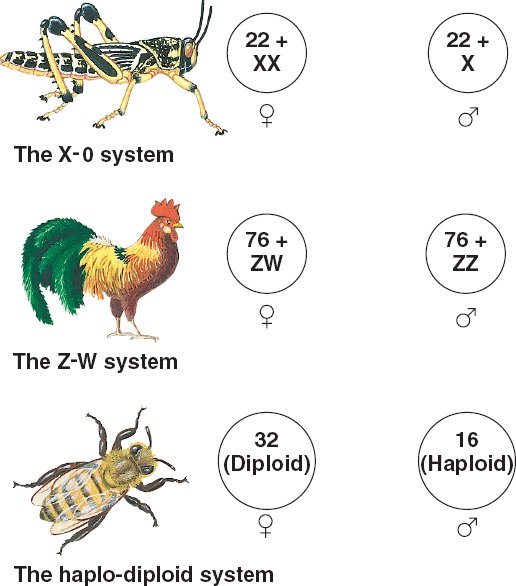How does it work?

Haplodiploidy is caused by arrhenotoky, where unfertilized eggs develop into males and fertilized eggs develop into females. Arrhenotoky is closely related to thelotoky, or female parthogenesis- no fertilization occurs, and all eggs develop into females. Functional haplodiploidy occurs when males inherit DNA from two parents and are polyploid, but one set of chromosomes condenses in the somatic cells.
Species that determine sex with single locus complementary sex determination have one gene for gene determination, which may have multiple alleles. Heterozygotes at this gene are female, and hemizygotes are male. A related concept is multilocus complementary sex determination, where multiple genes with 2 alleles each may relate to sex determination. Heterozygotes develop into females, while both hemizygotes and homozygotes develop into males. Diploid males may form in both cases, but will be sterile, so that only haploid males will produce offspring. Diploid males may also be larger because of the increased number of chromosomes in somatic cells.
Sex determination genes, which designate males and females, can be independent of sex differentiation genes, which are responsible for the distinct physiological differences between males and females in the species. The sex determination gene may produce a molecule that is only activated by forming a heteropolymer with a molecule produced by a different gene. It could also produce a molecule that regulates mRNA. Whichever molecule ultimately causes the "female-producing reaction" must diffuse all over the body for differentiation to occur.